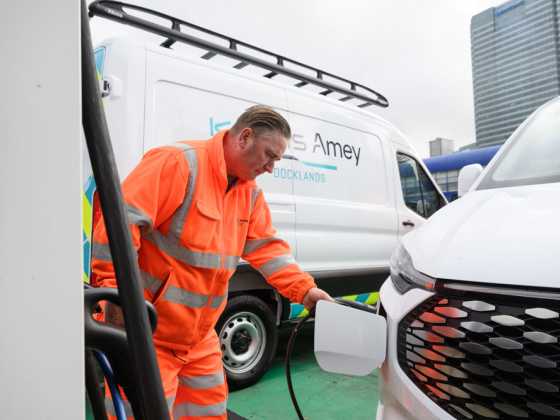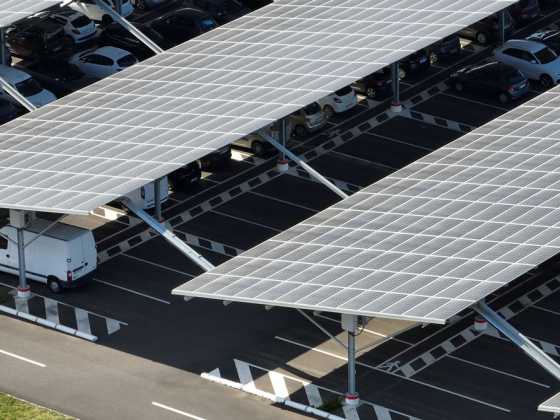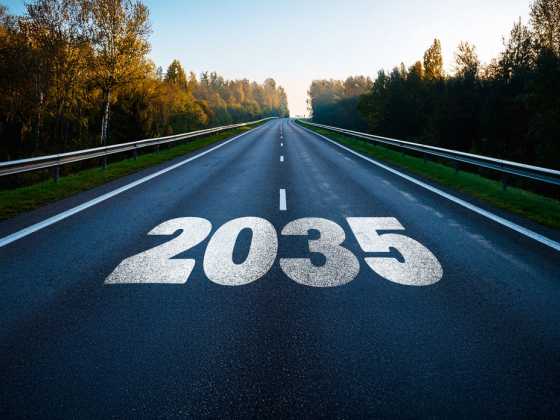A smoother path to fleet decarbonisation

A few years ago, the thought of decarbonising a fleet would be intimidating to most fleet operators. But as advancements have been made in technology, vehicles and charging, the transition has become less daunting – and will continue this way. Matt Adams, transport policy manager at the REA (Association for Renewable Energy and Clean Technology), looks at the progress so far, and the hurdles that still need to be overcome
A few years ago, the thought of decarbonising your fleet would be intimidating to most fleet operators. Questions that would have previously gone unanswered include how to know the best model vehicle and charge point is, how to make a business case for the transformation, how to charge fleets on the move, and how fleet drivers who park at home charge their vehicles.
Today however, fleet decarbonisation is not as complicated as one might think. Several members of the REA offer end to end fleet decarbonisation programmes facilitating this once daunting transition. There is also now software available enabling fleet operators to allow their drivers to charge at home at no cost to the driver, as their bills are reduced at the end of the month and through the software, the driver is automatically reimbursed for the cost of charging from home. See the case studies outlined below to find out more on the ever-expanding tools for fleet operators.
Case study: Drax
Drax offer an end-to-end fleet decarbonisation programme which analyses current fleets, hand picks EV models suitable to replace the existing fleet, provides software to monitor and manage their EV energy consumption, and through their insights programme, can maximise potential savings.
This EV management portal My Electric Vehicles simplifies fleet management and helps more businesses switch to EVs with vital, intuitive real-time data. It combines data on their electric vehicle fleet, charge points and energy consumption in one user-friendly platform.
Furthermore, My Electric Vehicles shows how vehicles are performing, flags issues and offers solutions on how to resolve them, reducing vehicle downtime and improving productivity. Through an interactive map, businesses can see their full EV fleet, and charge points across the country in real-time.
Find out more about the EV management portal here.
Case study: Greenflux
REA member Greenflux also offer many perks including their innovative EV roaming solution software which ensures that fleet drivers can charge up wherever they are, at as many charge points as possible, hassle-free.
Mass adoption of EVs requires not only an extensive charging network, but also the development of an EV roaming infrastructure. EV roaming refers to opening up the EV charging network for EV drivers, giving them access to chargepoints from different CPOs while they are on the move.
Roaming agreements between charge point operators and electric mobility service providers are essential to accomplish this. The goal for EV roaming is to give EV drivers the ultimate charging experience.
The EV roaming software is included in Greenflux’s EV charging platform, and they have connections to all major roaming hubs, such as Hubject, E-clearing, Gireve and direct P2P OCPI connections. Being a customer of GreenFlux automatically means easily connecting to other EV charging networks, and they take care of all the roaming contracts to save businesses both paperwork and time.
The above are just a few of the many tools available for fleet operators looking to decarbonise, and it is clear that we are in a much better place than we were a few years ago. There are more options, more competition and a higher level of service driven by innovation in the sector.
Upcoming policy milestones
This is only going to continue, and fleet operators should be aware of significant policy milestones which will further accelerate EV uptake and make running an electric fleet even easier. This includes the much talked about Zero Emission Vehicle (ZEV) Mandate, and the Consumer Experience Regulations.
The ZEV Mandate will enter into force in 2024, setting sales targets for motor manufacturers to sell EVs. We know that fleets make up the majority of car sales is the UK and so we can expect fleet vehicles to further reduce in price as more EV models enter the market. We can also expect current waiting lists (which in some cases are over a year long) to fall dramatically as a larger per centage of cars sold in the UK become electric.
Secondly, the Consumer Experience Regulations, which we expect to come in to force later this year, will mandate contactless payment at chargepoints, reducing the need for fleet drivers to join multiple apps and have multiple smart cards. In addition, payment roaming will be mandated in two years’ time at all public chargepoints, therefore fleet operators will be able to pay using one app which could be linked back to their company card – significantly simplifying payments on the go.
Overall, the running of an EV and paying for charging on the public network has just got a lot easier and will continue to do so.
What can government do to support fleet operators transitioning?
That being said, industry is still looking to government to support our sector and remove remaining barriers.
Currently, fleet charging is bundled with domestic charging in most policy areas, despite the fact the end use of a domestic charger and fleet charger are very different! In areas such as bidirectional charging, this is an ongoing issue, as some fleet operators will be able to provide a MW or more of power back to the grid from their vehicles, and this currently is not appreciated by government.
Furthermore, large HGV fleet operators who wish to partake in V2G trials are told what they are doing has been done before and isn’t considered of value to Government. I think this is something we need to change moving forward if we are to get the huge potential for fleets off the ground in areas such as bidirectional charging.
Light commercial fleet and HGV vehicles make up 13 per cent of vehicles on UK roads according to the Society Of Motor Manufacturers And Traders (SMMT.) The SMMT also suggests that fleets on average are upgraded very five years, meaning the majority of EVs in the second-hand market will come from fleet operators.
The government must therefore urgently recognise the significant role that fleet operators are going to play in improving EV uptake, as second hand EVs are likely to be the easiest way for consumers to afford to purchase an EV in the next few years.
As we know, road transport accounts for over a quarter of the UK’s emissions, and business sales make up around two-thirds of new electric vehicle registrations in the country, so decarbonising this sector will make a significant impact on the UK’s journey towards Net Zero. Overall, the REA welcomes the progress made to date and believe fleet decarbonisation is now much easier and more accessible to a less specialist audience. However, we are aware of the remaining barriers to fast fleet decarbonisation such as network reinforcement, and we are actively engaging with government on ways to overcome this.
As a pan-technology trade association, we represent many members in the solar industry and are always actively looking at ways to improve access to solar which can enable fleet operators to power their new electrified fleets, on clean, renewable power.






